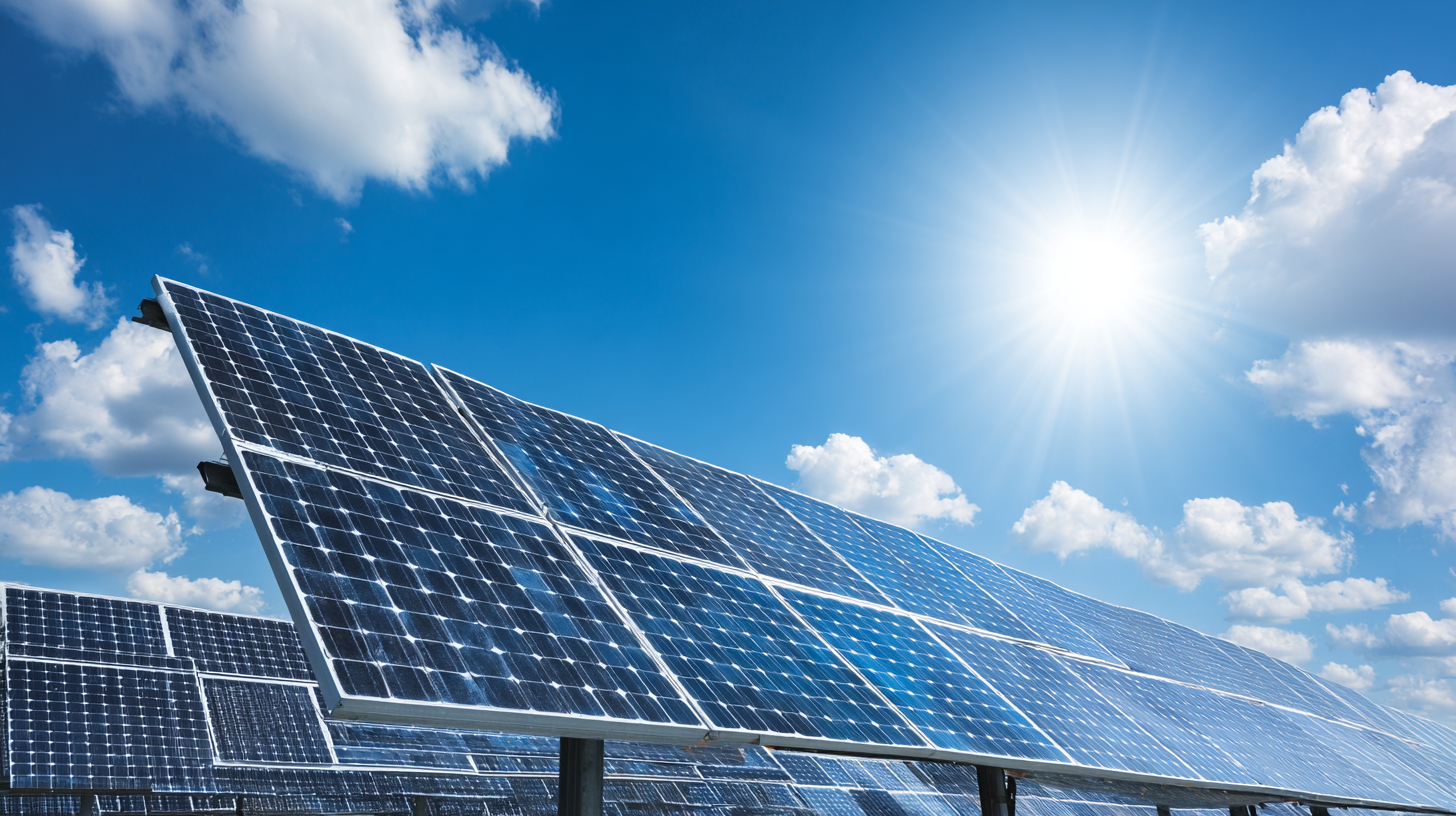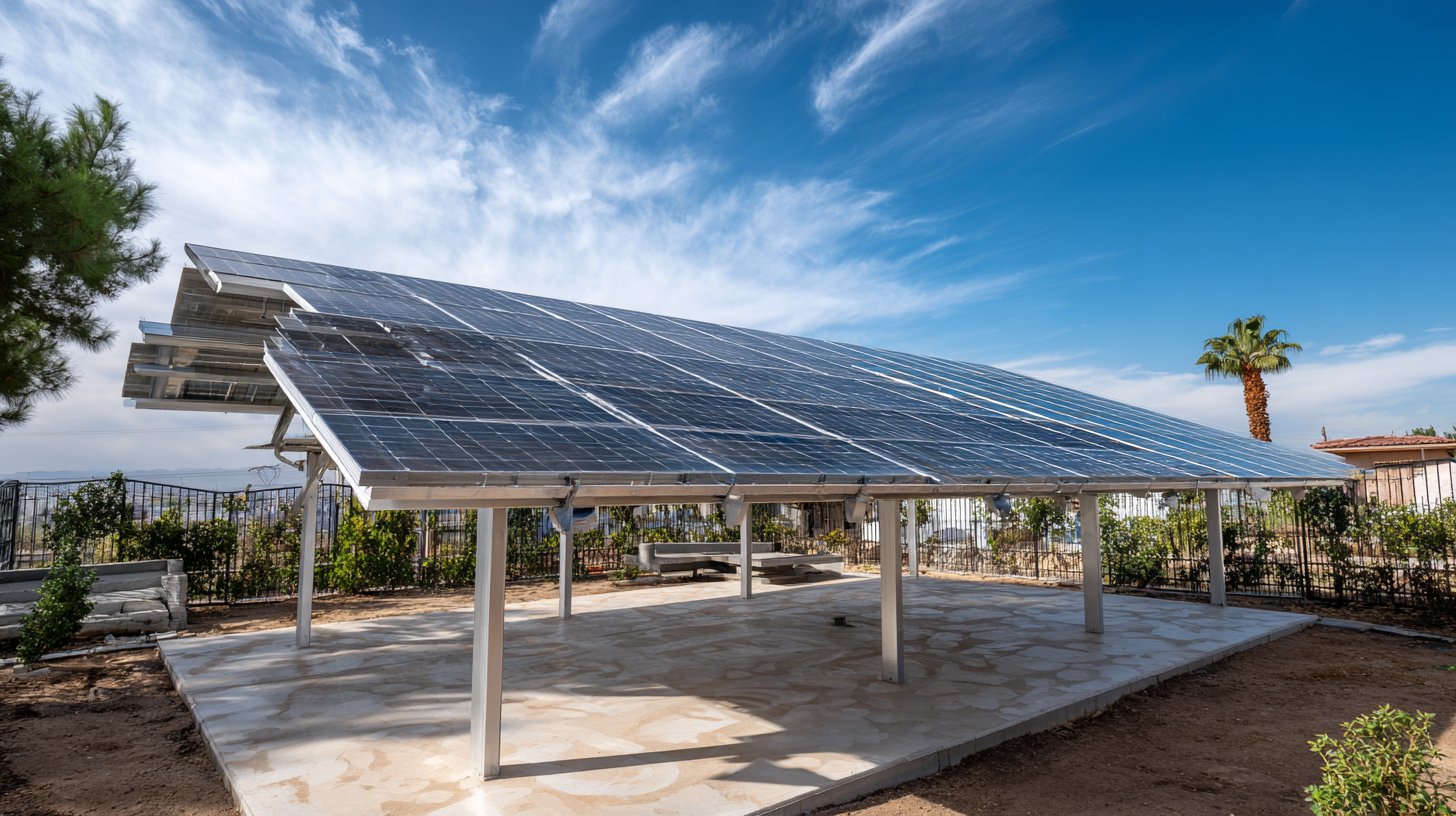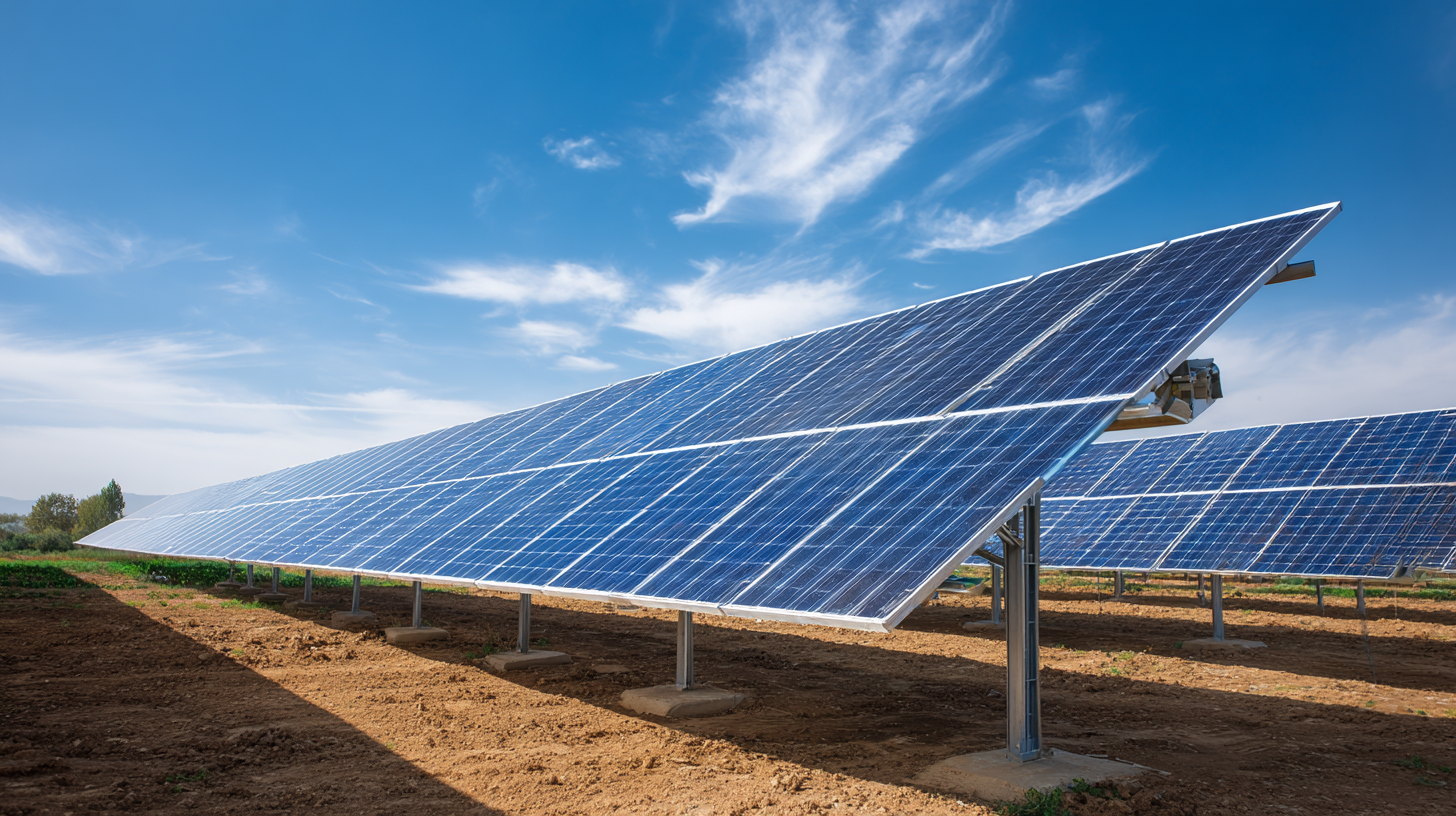Tel : 94870 36000, 94860 36000, 94890 36000
The Future of Renewable Energy Exploring the Benefits of Inverter Solar Technology
The increasing global emphasis on sustainable energy solutions has catalyzed the development of innovative technologies within the renewable energy sector. One noteworthy advancement is Inverter Solar technology, which plays a crucial role in harnessing solar power efficiently. As the world transitions towards cleaner energy sources, the importance of inverter systems has come to the forefront, enabling solar panels to convert sunlight into usable electricity with greater effectiveness. This exploration of inverter solar technology unveils not only the mechanics behind its functionality but also highlights the numerous benefits it provides, such as improved energy conversion rates, grid stability, and enhanced energy management. By understanding the transformative potential of inverter solar systems, we can better appreciate their significance in shaping a sustainable future and paving the way for wider adoption of renewable energy.

Table of Contents
[Hide]
Understanding Inverter Solar Technology and Its Role in Renewable Energy
Inverter solar technology plays a pivotal role in maximizing the efficiency of renewable energy systems, transforming the way solar power is harnessed and utilized. At the heart of this technology is the solar inverter, a device that converts the direct current (DC) generated by solar panels into alternating current (AC), which is the form of electricity used in homes and businesses. According to the International Renewable Energy Agency (IRENA), advancements in inverter technology have significantly improved the overall efficiency of solar photovoltaic (PV) systems, with some modern inverters achieving conversion efficiencies exceeding 98%.

Furthermore, smart inverter technology enhances grid stability and energy management. The U.S. Department of Energy highlights that smart inverters can provide real-time data on energy production and consumption, allowing users to adjust their energy use accordingly. These advancements not only empower consumers but also contribute to the resilience of the electric grid, promoting the broader adoption of renewable energy sources. As the global push for clean energy intensifies, integrating advanced inverter technology into solar energy systems is crucial for achieving renewable energy targets and reducing carbon footprints.
Key Advantages of Using Inverter Systems in Solar Energy Solutions
Inverter systems are becoming increasingly pivotal in the advancement of solar energy solutions, primarily due to their inherent advantages in efficiency and versatility. These systems perform crucial functions such as converting DC electricity generated by solar panels into usable AC power, enabling seamless integration with the electrical grid. Additionally, they facilitate the monitoring of system performance and energy management, providing users with real-time data insights. As technology progresses, the integration of advanced features like battery management systems enhances the reliability and effectiveness of inverter systems, particularly in commercial and industrial (C&I) applications.

The growth trajectory of the global inverter market underscores the rising demand for these solar technologies. It is anticipated that the market will expand from $20.25 million in 2025 to $32.22 million by 2032, reflecting a compound annual growth rate (CAGR) of 6.86%. This surge can be attributed to the growing emphasis on sustainable energy solutions and the need for dependable energy storage systems. Innovations such as modular inverter designs are also paving the way for more flexible and scalable energy storage solutions, allowing businesses to optimize their energy usage and reduce reliance on fossil fuels, thereby reinforcing the overall sustainability of renewable energy.
How Inverter Technology Enhances Solar Panel Efficiency and Performance
Inverter technology plays a pivotal role in enhancing the efficiency and performance of solar panels. Traditional solar energy systems often face challenges in converting direct current (DC) generated by solar panels into the alternating current (AC) used by most household appliances. However, with advanced inverter technology, this conversion process has been significantly optimized. Modern inverters employ sophisticated algorithms that maximize energy output by adjusting to changing sunlight conditions and the panel's operational state, ultimately increasing overall system efficiency.
Moreover, smart inverter technology introduces additional benefits such as real-time monitoring and grid support capabilities. These inverters can communicate with the grid to manage energy flow effectively. This not only stabilizes the grid during fluctuations but also allows for better integration of renewable resources. Additionally, features like module-level power electronics enhance performance by minimizing energy loss at the individual panel level. This means that even in partial shading conditions, solar panels equipped with modern inverters can maintain higher energy yields, making solar energy systems more reliable and productive than ever before.
The Future of Renewable Energy: Exploring the Benefits of Inverter Solar Technology
This chart illustrates the improvement in solar panel efficiency over a period of five years, showcasing how advancements in inverter technology have contributed to enhancing solar energy performance.
Exploring Cost-Effectiveness: Inverters and Their Impact on Solar Energy Systems
In recent years, inverter technology has significantly contributed to enhancing the cost-effectiveness of solar energy systems. As solar panel prices are projected to decline by 2025, with installation costs around $30,000 yielding long-term savings of up to $110,000 over 25 years, the integration of efficient inverters becomes increasingly vital.
These devices optimize energy conversion, allowing homeowners and businesses to maximize the energy harvested from solar panels, thus improving overall system efficiency and cost savings.
Moreover, as challenges like **permitting** and **interconnection delays** persist within the solar industry, innovative strategies and software developed by organizations are aiming to streamline these processes. This can further reduce the time and expenses involved in solar installation, making the technology more accessible. Additionally, as the market faces fluctuations due to tariffs and supply chain issues, it is essential to focus on advanced inverter solutions that help mitigate these pressures by maximizing the utilization of available solar power and enhancing grid reliability. This emphasis on inverter technology not only supports cost savings but also bolsters the growth and stability of the solar energy market in a changing economic landscape.
Future Innovations in Inverter Technology: What to Expect in Renewable Energy
As the renewable energy sector continues to evolve, inverter technology stands at the forefront of innovation, promising substantial benefits for solar energy systems. Recent reports indicate that the global solar inverter market is projected to grow from $9.3 billion in 2020 to $20.4 billion by 2026, reflecting the increasing demand for more efficient energy conversion solutions. Innovations in inverter technology, such as microinverters and power optimizers, enhance energy yield while maximizing system performance. These advancements not only improve efficiency rates—often exceeding 95%—but also provide real-time monitoring capabilities, enabling users to track performance and spot issues proactively.
**Tips for Homeowners:** When considering solar installation, research the types of inverters available. Microinverters may be optimal if your roof has shading issues, as they allow individual panel optimization. Take advantage of technological advancements by choosing inverters that offer Wi-Fi connectivity, allowing for easier remote management and system updates.
Moreover, the integration of artificial intelligence and machine learning in inverter technology is set to revolutionize the sector. These technologies can predict power generation trends, optimize energy storage, and manage loads effectively. According to a report by Market Research Future, the AI in solar inverter market is expected to witness a compound annual growth rate (CAGR) of 27.8% from 2021 to 2027. This shift underscores the immense potential of inverter technology to enhance the effectiveness and reliability of renewable energy systems in the coming years.
**Tips for Investors:** Stay informed about emerging inverter technologies and consider investing in companies that prioritize research and development in AI-driven solutions. This can position you at the forefront of the renewable energy transition.
The Future of Renewable Energy: Exploring the Benefits of Inverter Solar Technology
| Dimension | Current Data | Future Projections |
|---|---|---|
| Global Solar Installation (GW) | 820 | 1,600 |
| Market Growth Rate (2020-2025) | 25% | 35% |
| Residential Solar Adoption (%) | 13% | 25% |
| Efficiency of Inverter Technology (%) | 95% | 99% |
| Cost of Inverter Systems (USD/kW) | 800 | 500 |
| Carbon Emissions Reduction (M tons/year) | 1,200 | 2,500 |
Related Posts
-

Exploring Innovative Alternatives to Best Solar Panel Off Grid System Solutions
-

Quality That Earns Global Respect Best Solar Panels Solutions Made in China
-

Exploring Off Grid Power Solutions: Insights from the Record-Breaking 137th Canton Fair
-

5 Best Benefits of Water Solar Systems You Need to Know
-

Exploring the Future of Best Water Solar System Innovations and Trends for 2025
-

Quality Focus Chinese Manufacturing Leading Global Exports of Best Home Solar Solutions

